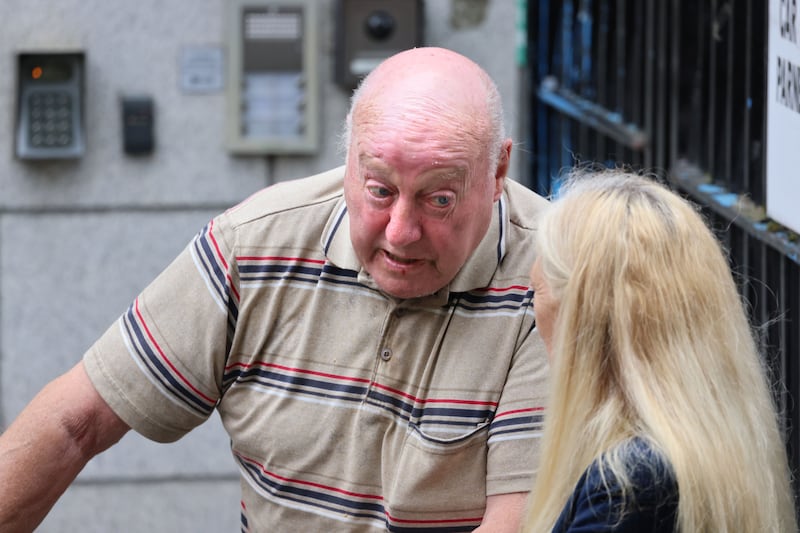The head doorman at the Stardust nightclub in north Dublin, in which 48 people died in a fire in 1981, believed “everything worked very well” with the emergency exits on the night.
Testimony from the late Tom Kennan was read into the record at inquests into the deaths at Dublin coroner’s court on Thursday. He gave a number of Garda statements after the disaster and the 1981 tribunal of inquiry chaired by Mr Justice Ronan Keane. Mr Kennan is regarded as a crucial witness who made Garda statements on February 14th and 20th, 1981.
Fresh inquests are under way into the 48 deaths in the early hours of February 14th, 1981 at the ballroom in Artane, having been ordered in 2019 by then attorney general, Séamus Woulfe.
The inquests have heard all doormen and senior bar-staff were summoned to a meeting at the Stardust site on the afternoon of February 14th, 1981 where they were addressed by manager Eamon Butterly and gave statements to his solicitor, before making their Garda statements later that day.
READ MORE
[ Former Stardust barman accused of making up story of leading dozens to safetyOpens in new window ]
While Mr Kennan made no mention of having opened exits in his February 14th Garda statement, in the latter statement he asserted he had opened all six emergency exits at midnight, almost two hours before the blaze broke out having made no mention of this in his earlier statement.
His later statement also came the day after a junior doorman, Michael Kavanagh, withdrew his February 14th statement in which he claimed he had unlocked the exits. Mr Kavanagh had also made his claim on RTÉ’s current affairs programme Today Tonight and in the Evening Herald newspaper, but withdrew the claims after telling friends, the O’Tooles, he had not in fact unlocked the doors.

Questioned at the Keane tribunal about why he had not come forward before February 20th to “put right” the false claims of Mr Kavanagh, Mr Kennan said: “I don’t know why.”
“I suggest it was the reason that it suited very well as long as you were sure that Mr Kavanagh was going to persist in his original lie.”
“Yes,” he replied.
Mr Kennan told the tribunal the procedure at the club was to keep exit doors locked until about midnight to stop people letting friends in for free, and that after midnight chains were draped over the push-bars to make the doors appear locked.
“Doesn’t it follow from your procedure or lack of procedure ... that this fire could easily have broken out when not only were all those doors locked but also [the front door] was locked?” he was asked in 1981.
“It could have.”
“In that situation a conservative estimate of six hundred or seven hundred would have perished?”
“Yes,” he replied.
[ Stardust witness says he will not change account ‘to suit what Joe Brolly wants’Opens in new window ]
When asked if he had reflected, in the intervening months, about the procedures around the emergency exits, Mr Kennan said he had.
“Everything worked very well. A lot of people got out of the premises and it worked very well, I think,” he said.
“You are not able to assist the tribunal with what went wrong leading to 48 deaths?”
“A lot of people got out. It worked very well,” he added.
“What worked very well?”
“People got out the exits,” Mr Kennan said.
“A very great number did not. You think it worked well?”
“People got out. Everybody went out the exits,” he said.
Kenneth Fagan, employed as a doorman for three nights in the weeks before the blaze, told the inquests that during patrols of the ballroom he “noticed that at all times the exits 4, 5 and. 6 were always locked with chains”.















